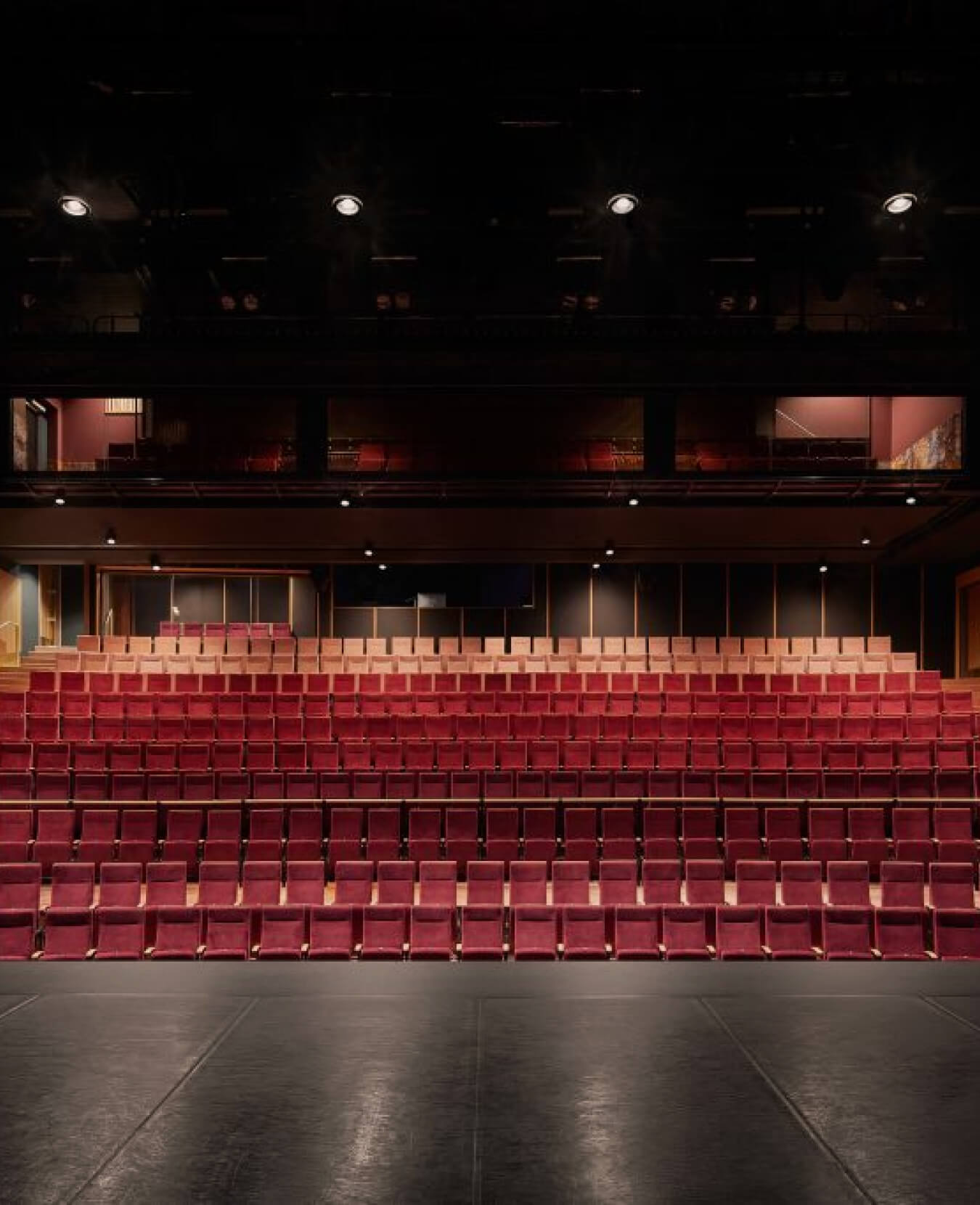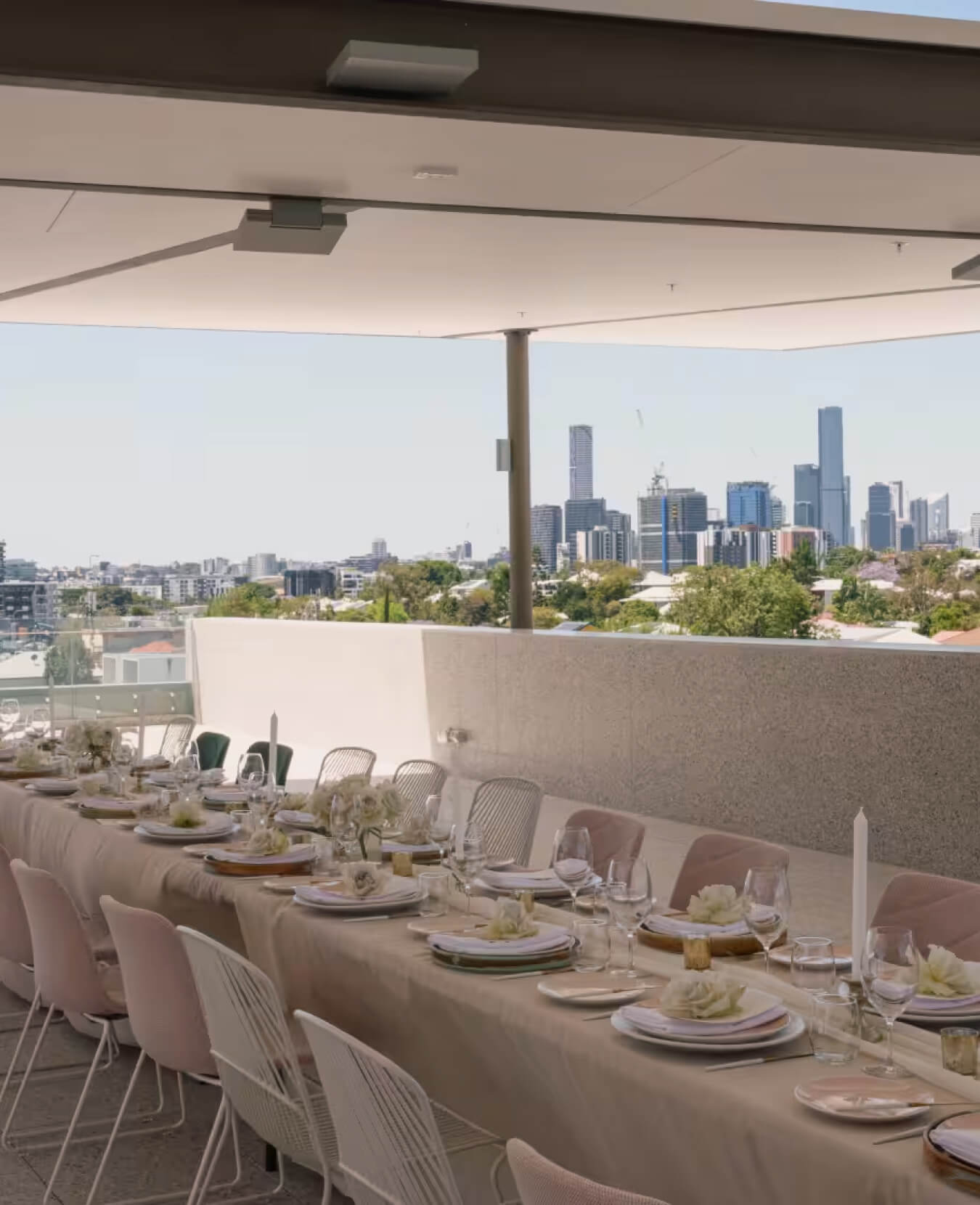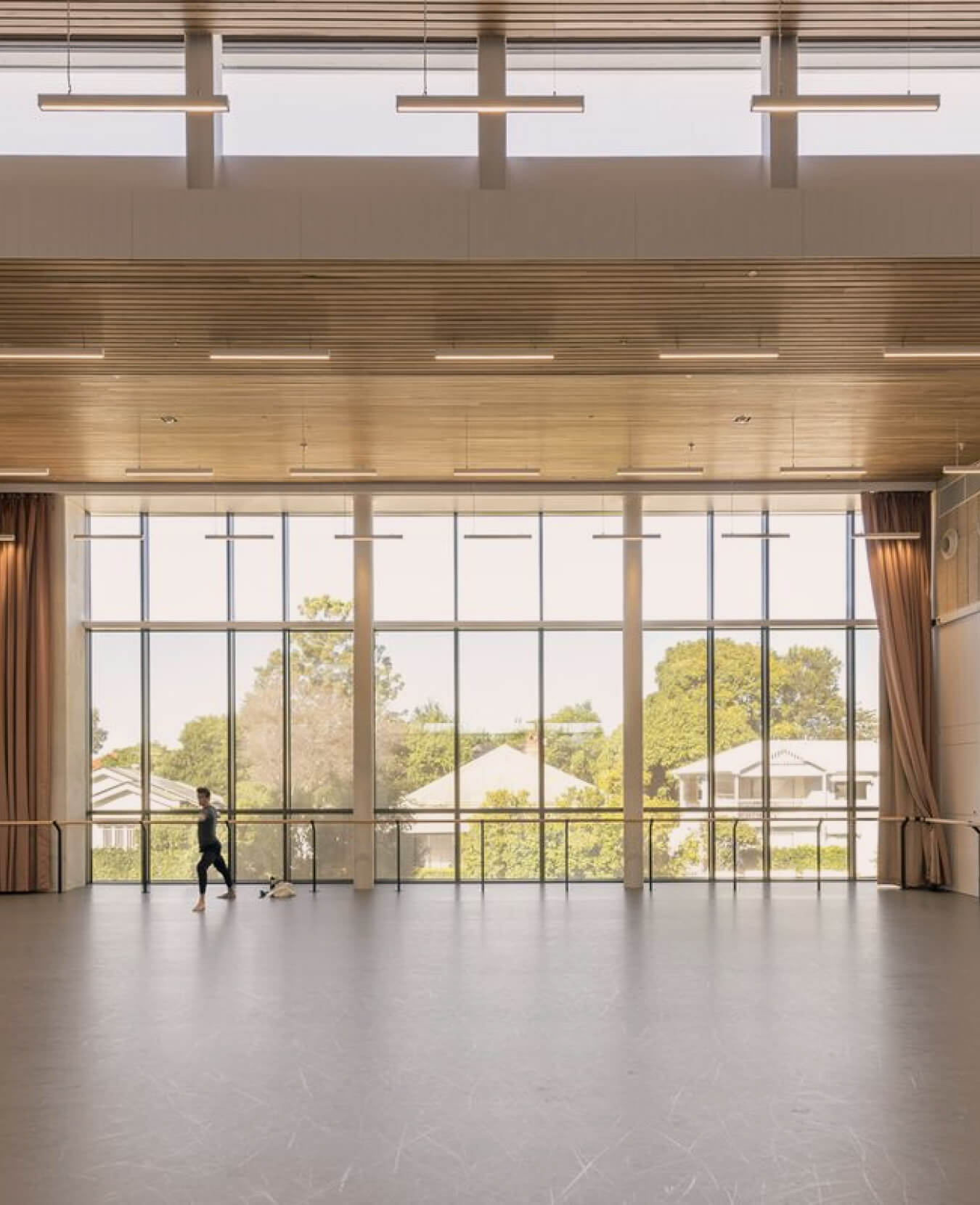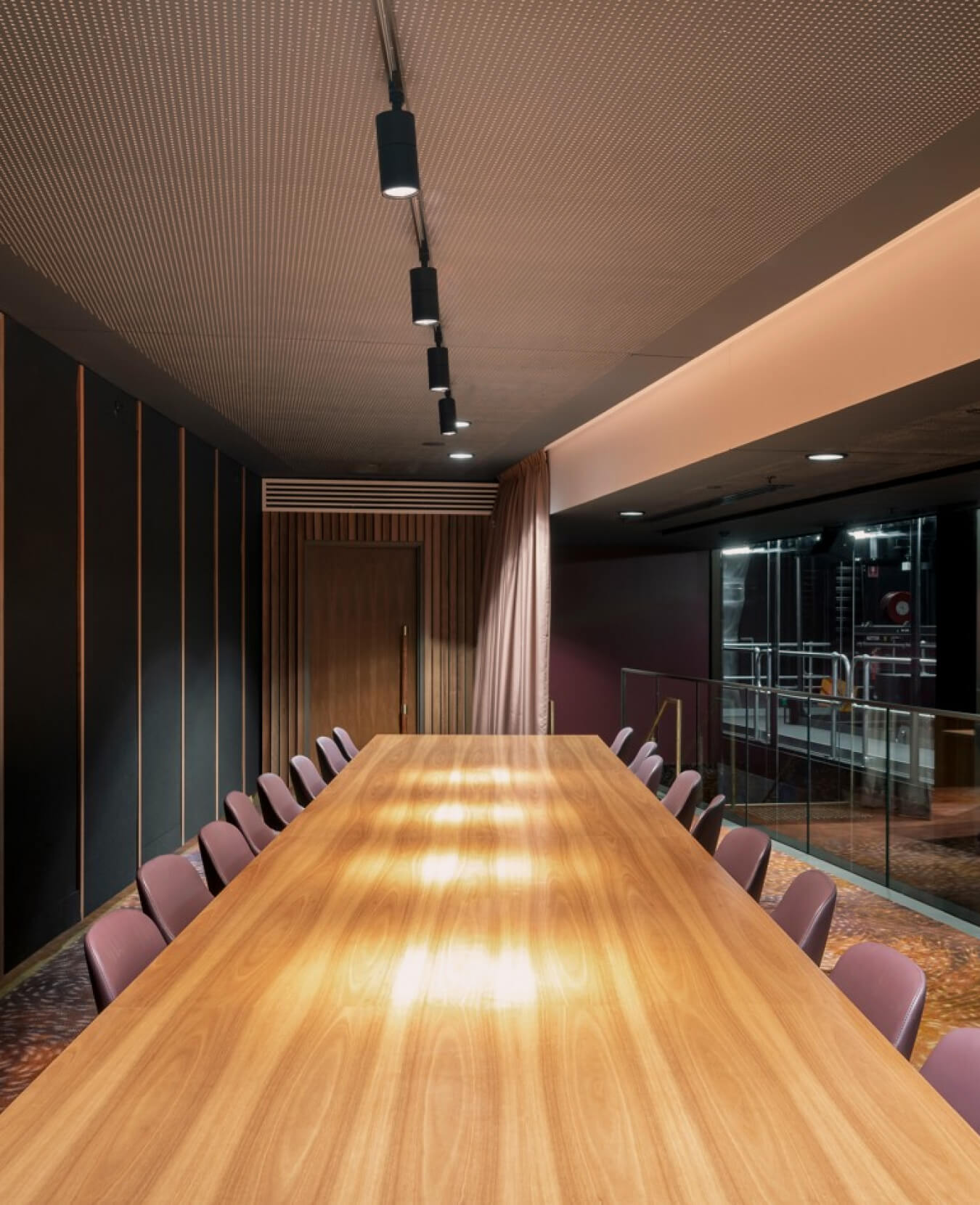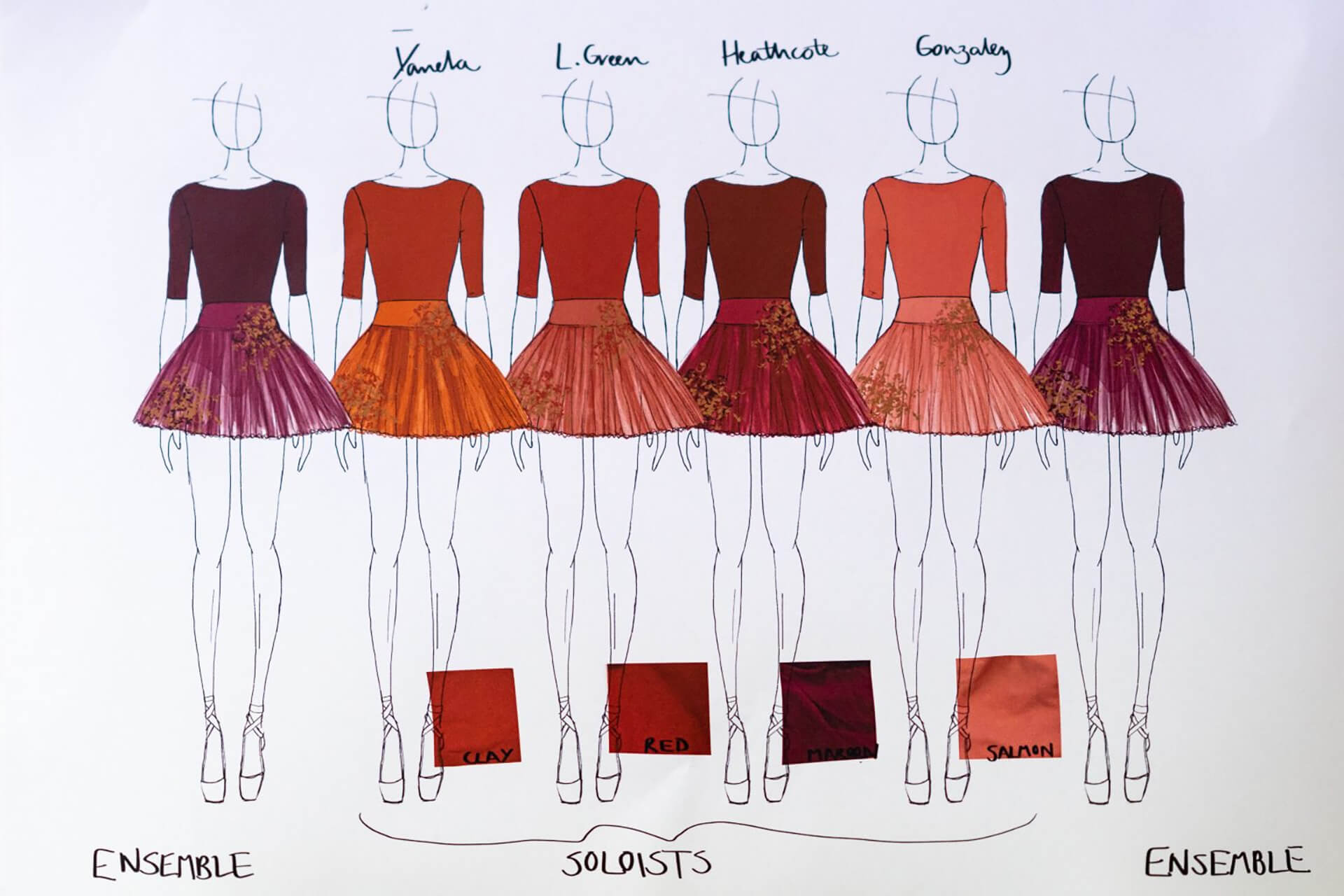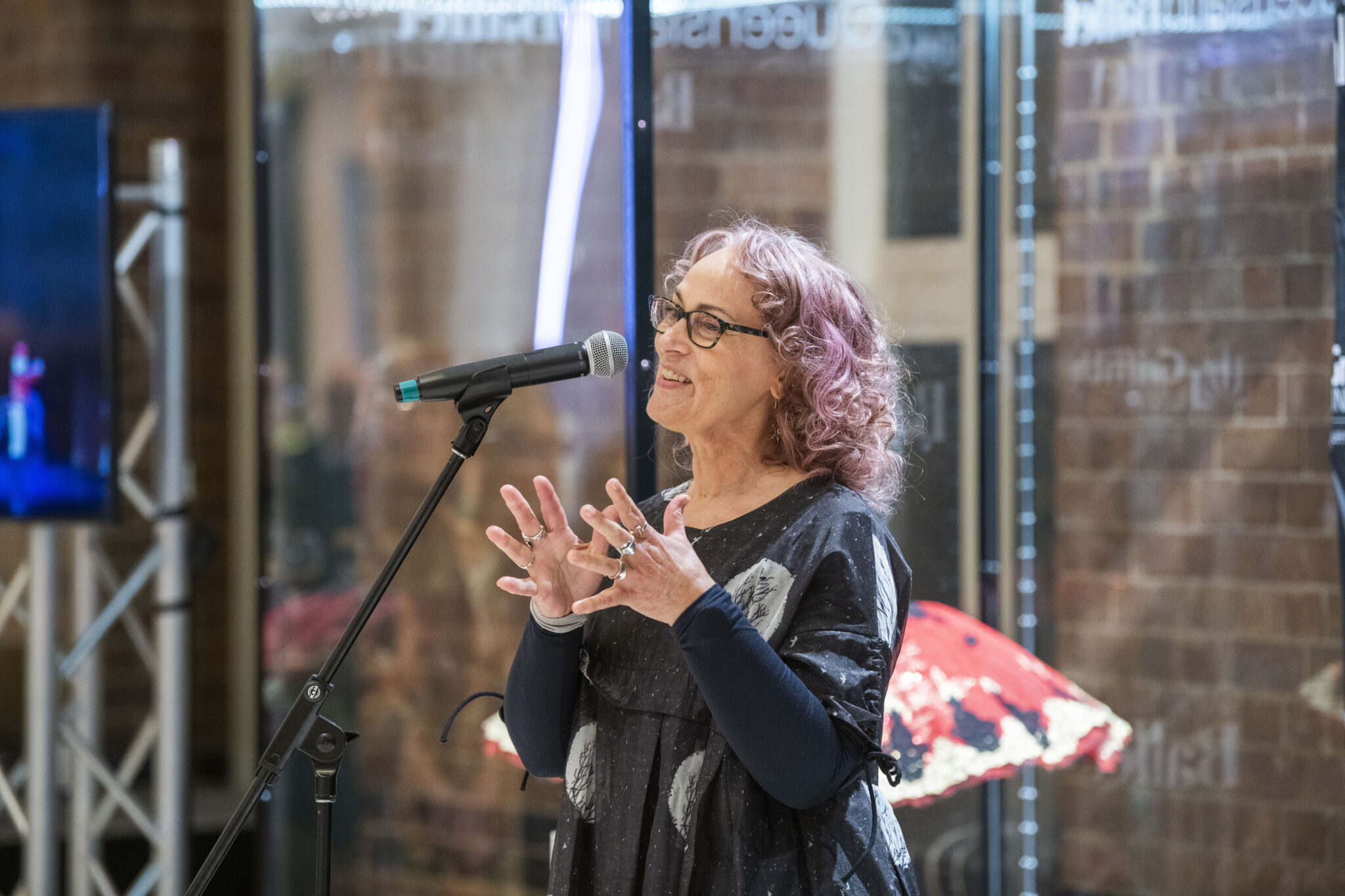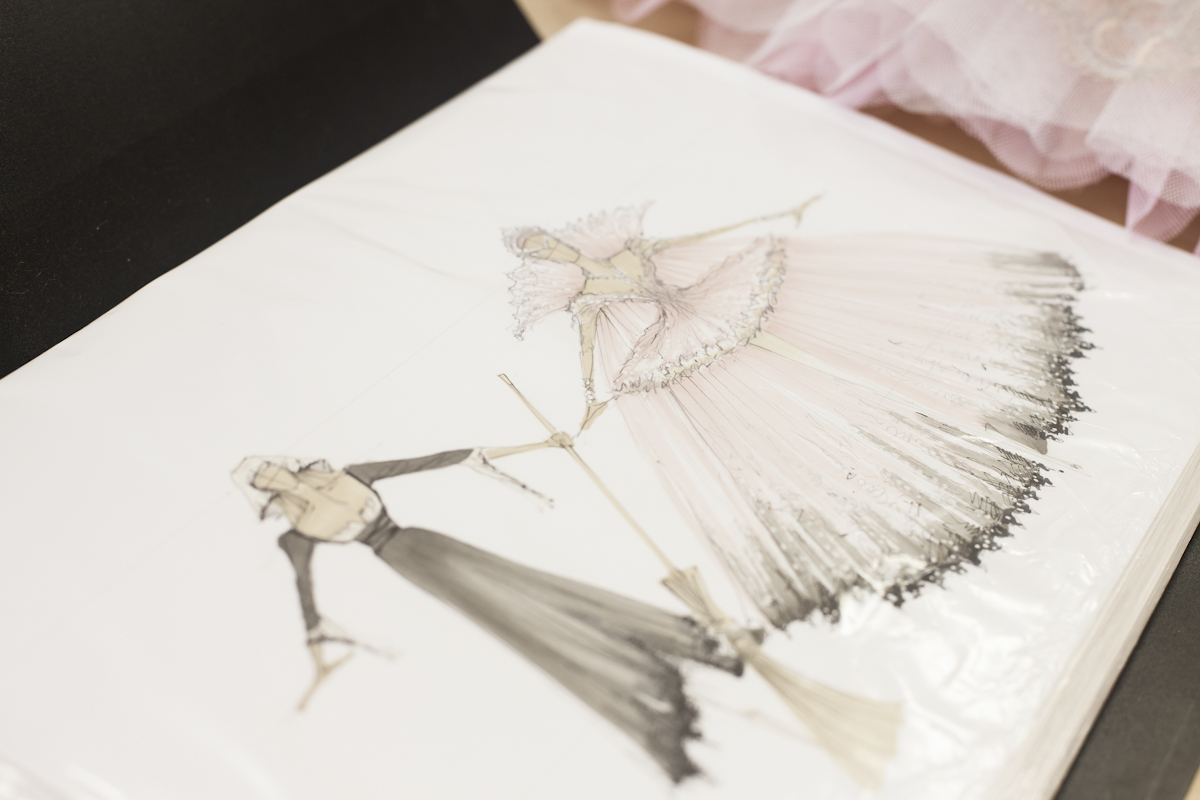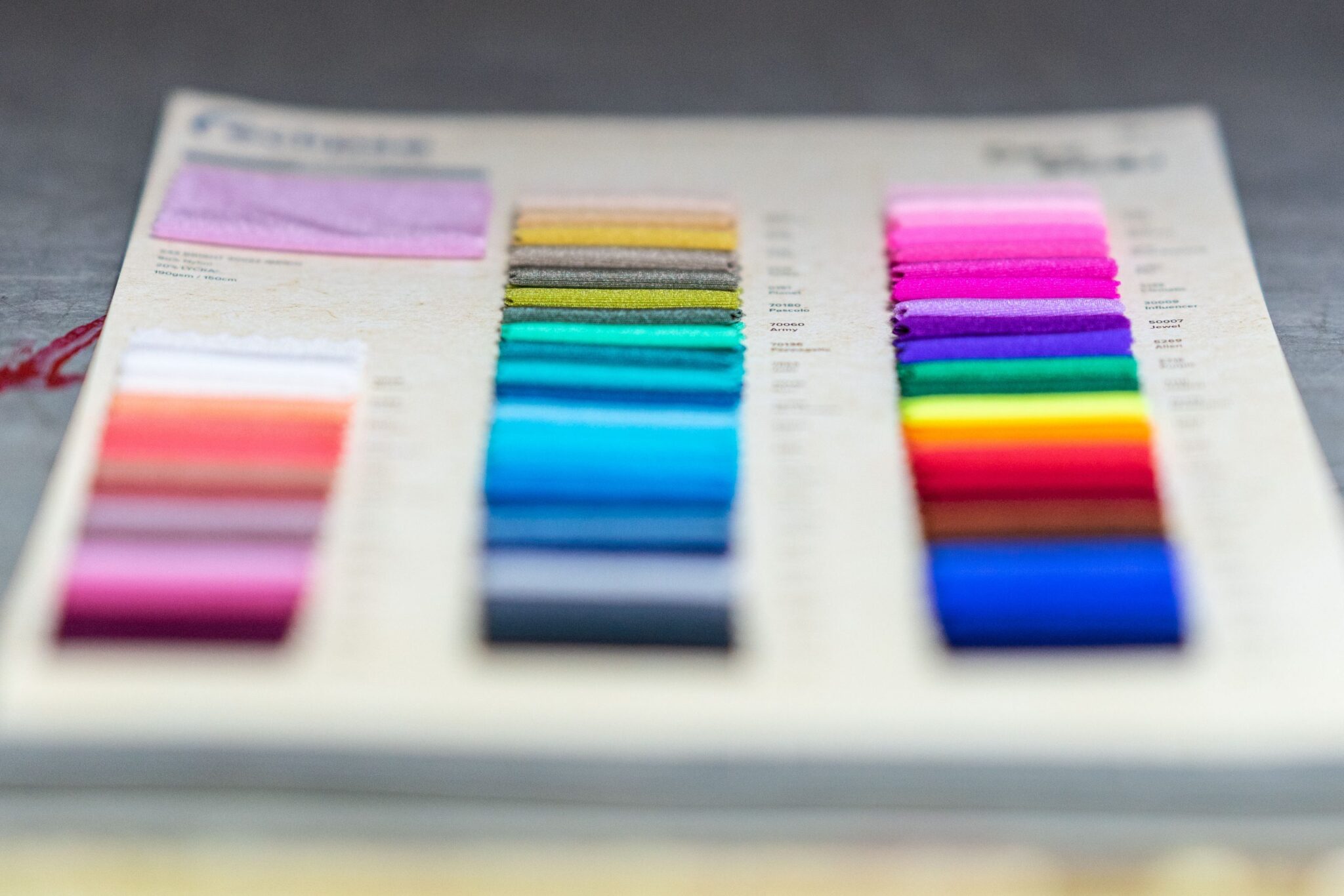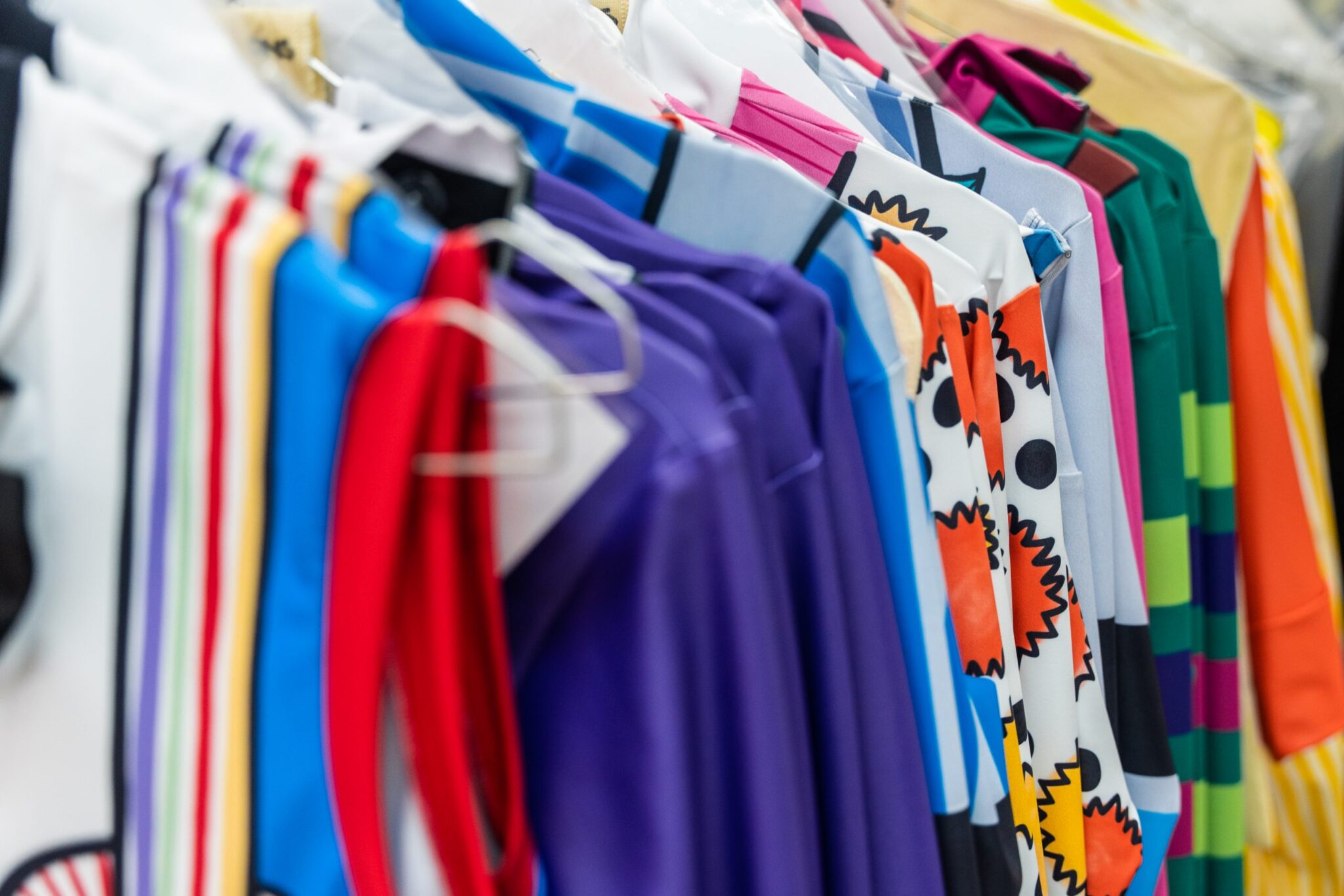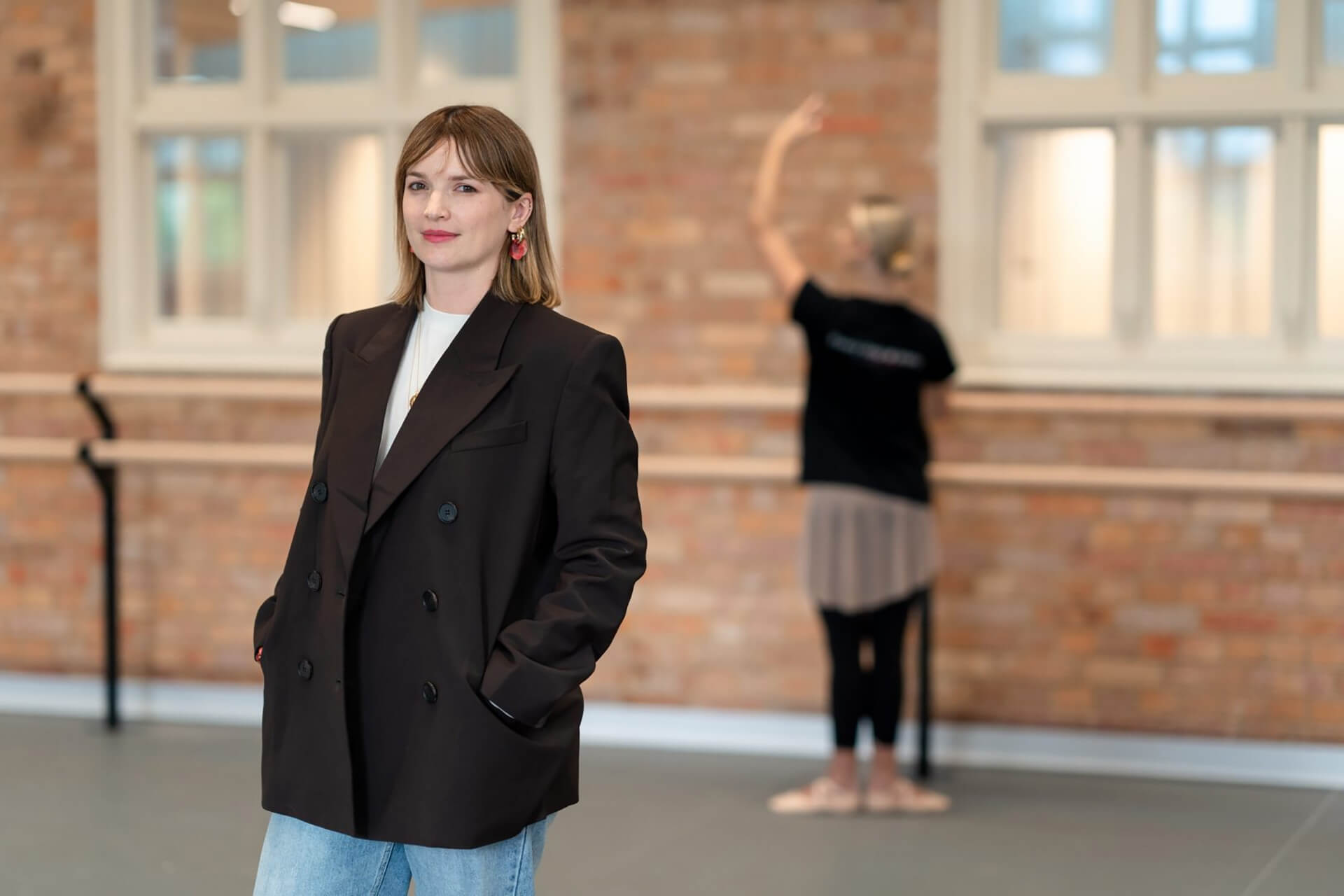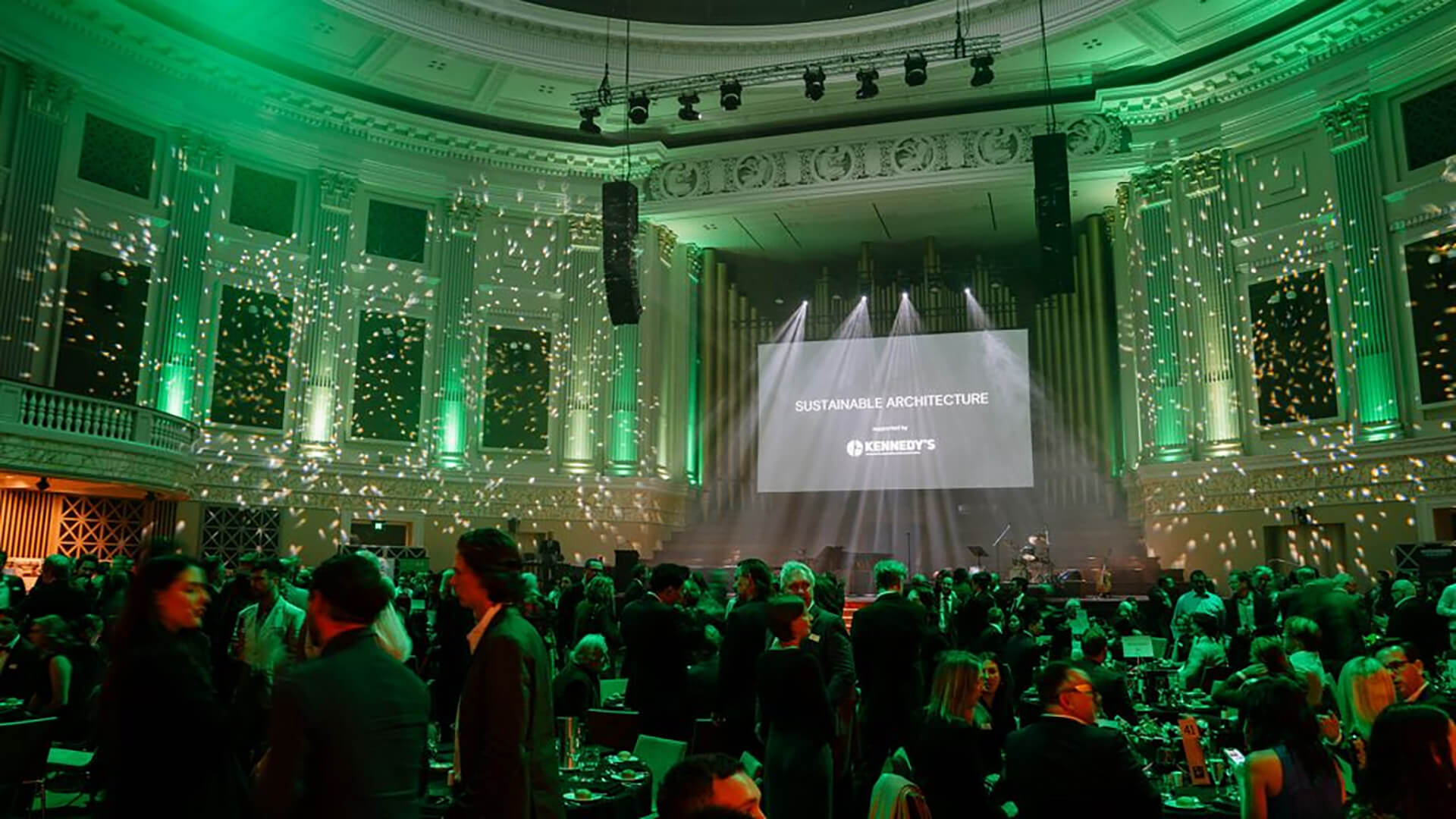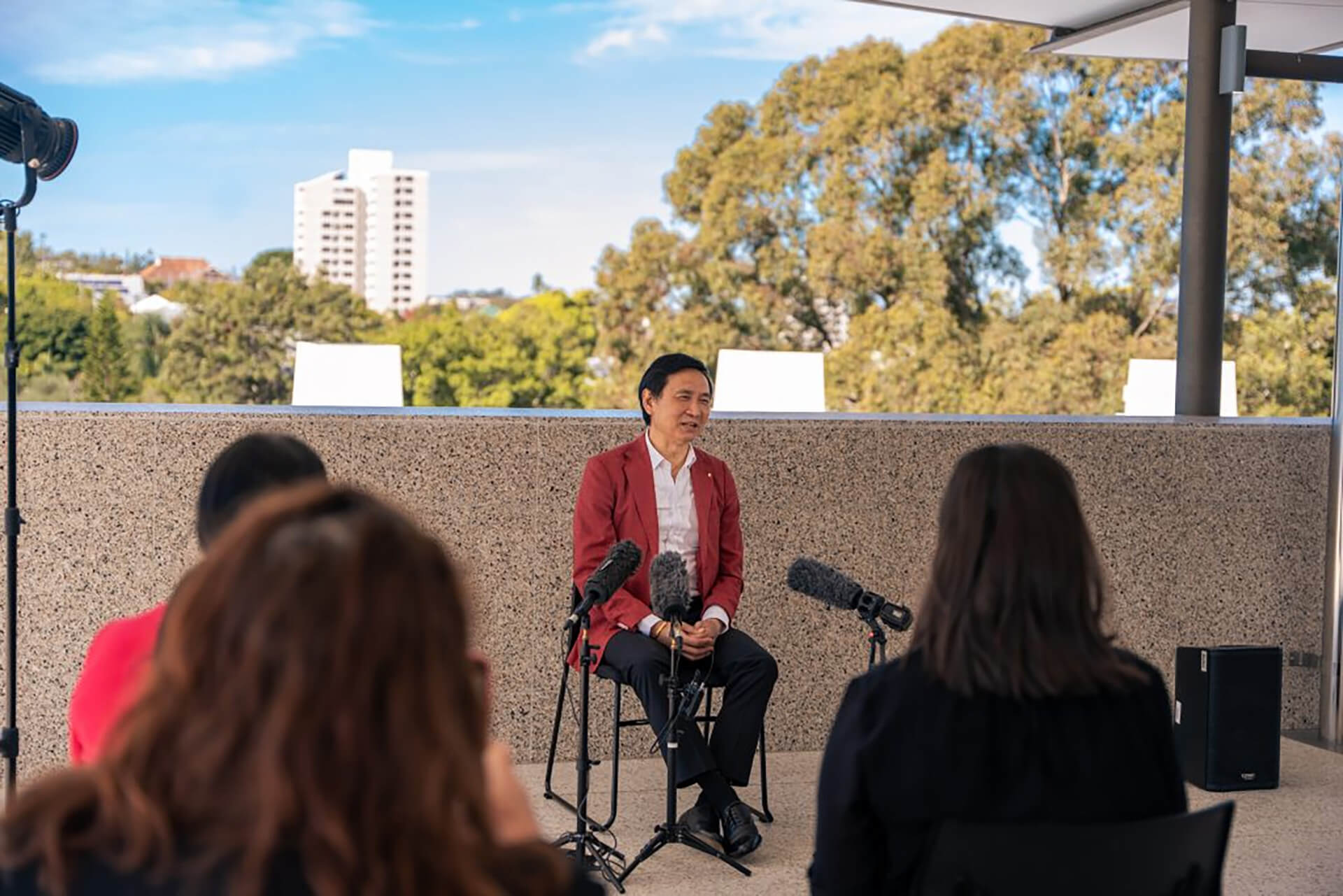Q&A with Noelene Hill, Queensland Ballet’s Resident Designer and Costume Archivist
How do you bring a character to life? It’s the first question Queensland Ballet Resident Designer and Costume Archivist Noelene Hill contemplates when tasked with a costume brief.
From fabric choice to accessories (think headpieces, wigs and jewellery), to the intricate construction of the costumes themselves. The talented team of cutters, costumiers, milliners, art finishers, mask and headpiece makers, wig stylists, designers, buyers and workroom managers along with the Head of Costume work for up to 18 months per production, creating vibrant characters for classical and contemporary performances.
To celebrate the launch of our exhibition Secret Lives of Costumes, curated by Noelene, we spoke with her about this exclusive peek into the backstage world of the Costume Department.
What insights can we expect to see in the Secret Lives of Costumes exhibition?
Costumes that showcase incredible detail and beauty, along with the skillset of the costume creators who make them and the designers who design them. The Thomas Dixon Centre has vast shopfront windows that were built to display costumes and also provide views into the Costume Department, so you can see the team at work. There will also be cabinets displaying headpieces and accessories, as well as video displays. It’s a true peek into how we go about bringing those characters to life onstage.
Queensland Ballet has had 60 years of history, productions, and costumes. How did you choose which characters to include?
It was very difficult to choose! There are so many fabulous costumes and there are limitations as to what costumes are available for display. In the end it comes down to what available group of costumes work together to tell our story. On display we have classical and contemporary costumes and accessories, including quite a few tutus, and period-style costumes. All the costumes have multiple elements – for example, Valmont from Liam Scarlett’s Dangerous Liaisons includes a period vest, a heavily detailed coat, tights and a wig. There are aspects of every costume in the exhibition that I love. It will be a lovely chance to see how we create costumes and to get a look at them close up.
Favourite piece?
It’s hard to decide on one favourite. For instance, the Cinderella tutu that was designed by Tracy Grant Lord is absolutely stunning, and the applique fabric, bead and crystal detail is gorgeous. Zoe Griffiths – a young designer at the beginning of her career, designed the Kitri tutu for the Don Quixote pas de deux in the Company’s 60thAnniversary Gala. I love how Zoe has put together different fabrics and motifs to create the essence of a Spanish tutu for Kitri. I also love the amazing work Katherine Lee did in bringing my design for the Blue Wren character to life. Every single costume I look at, I love, and each was chosen based on the interesting detail and the realisation of those characters.
How long does it take to create a suite of costumes?
Ideally, we commence at least 18 months in advance. The creatives get together with the choreographer to discuss the concept, costumes, the set, lighting design, music, and budget. After those details are finalised, it can take upward of 12 months of working on the costumes themselves. For each design we need to source and purchase fabrics, accessories and trims, create patterns and toiles – which is a mock-up of the design to ensure it works on the body, before we commence work on creating the costumes out of the real fabric. We are always working on more than one show at once and productions layer over each other. Depending on the size of the show there’s probably a good 15 weeks where we are focusing with most of the team to create the show. Because we have multiple casts performing the same roles, we have to make multiple sizes for each character. For some of our large mainstage productions we can have over 400 individual pieces to create.
How do ballet costumes differ to regular fashion garments or even theatre costumes?
There are construction techniques that are particular to making costumes for the ballet. The dancer needs to be able to move – it can’t restrict their movement in any way. They have to fit extremely well to the body, and if you look inside a ballet costume, it doesn’t look like a fashion garment. We use a lot of fine fabrics for the visual appeal, but they can be quite fragile so we back them with a heavier fabric, then there are large seam allowances, and rows of hooks and bars to allow for different dancers to wear them. If it’s too tight they can’t breathe, but if it’s too loose, it’s dangerous because when they are being lifted, they could slip. There are a lot of technical things to think about. I always think of it as architecture for the body – structure designed for movement.
The Queensland Ballet Costume Department is a team of specialists. Can you give us some examples?
Our team consists of Couture Cutters and Costumiers who sew all those costumes together. They are working with high end and specialised fabrics that require a high level of sewing skills. A wig stylist and make-up artist – both of which require quite intricate and skilled work. We have a Milliner, a Headpiece and jewellery-maker and specialised character mask makers. There are also art finishers – this process involves the dying, printing and painting of fabrics. We also have junior costumiers at the start of their careers who we are training in our Costume Department requirements. Our Costume specialists have completed certificate courses and degrees at a variety of institutions such as TAFE, NIDA (National Institute of Dramatic Art) and WAAPA (Western Australian Academy of Performing Arts). It is a highly skilled workplace.
Most enjoyable aspect of curating the exhibition?
It’s wonderful to have the opportunity to showcase what the fabulous Queensland Ballet Costume team creates behind-the-scenes. I think people will love to see it. I guess that’s what the Secret Lives of Costumes is: a peek behind the curtain into our whole process of creating costumes and bringing characters to life. I’ve loved putting it together.
Related stories
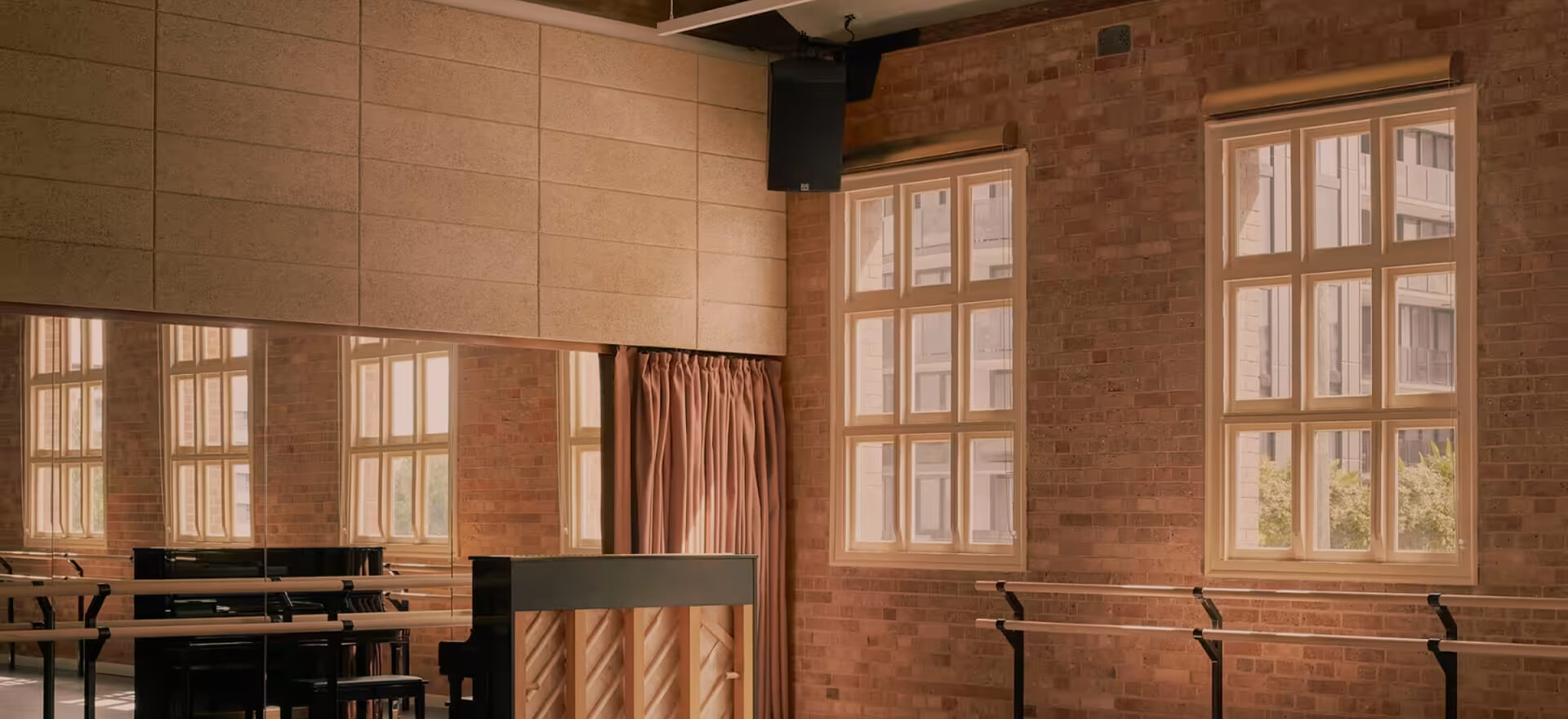
Stay in the know
Free updates straight to your mailbox. Cancel anytime.
